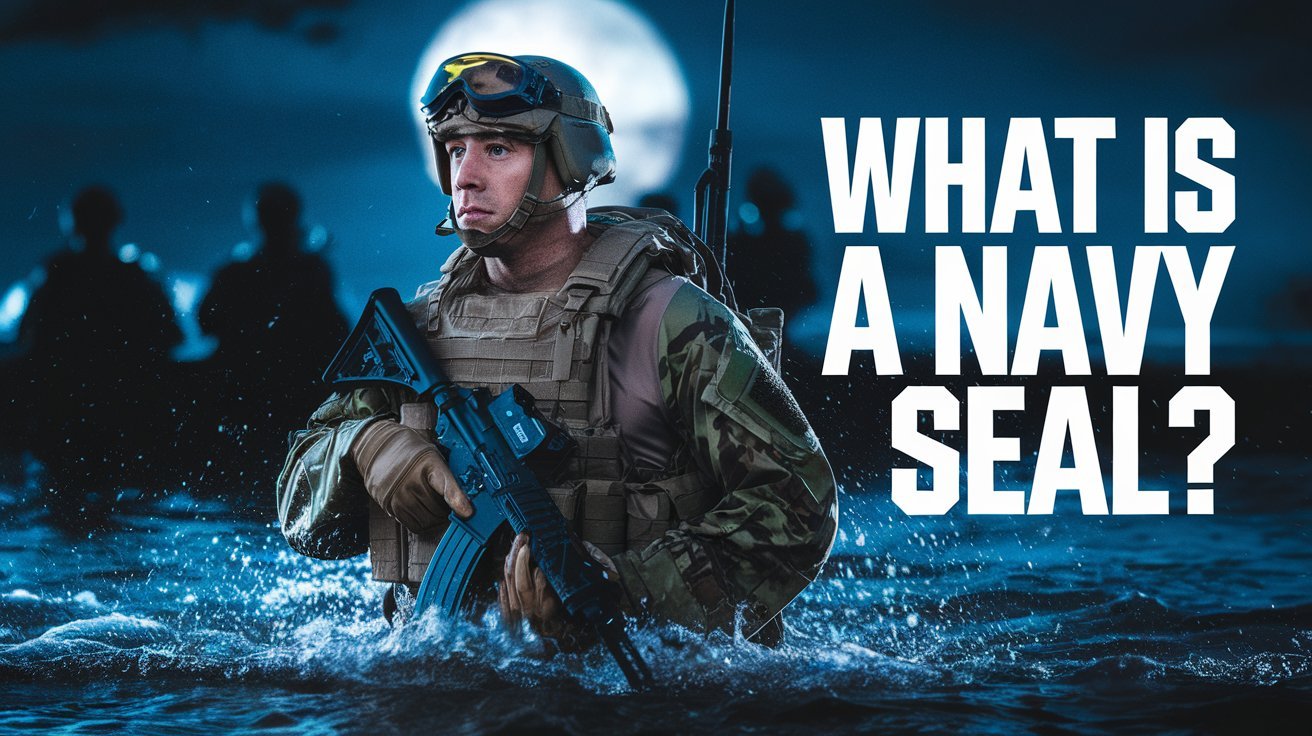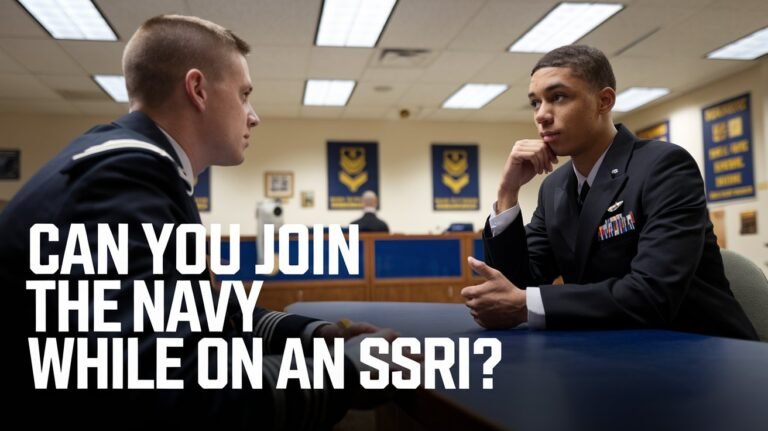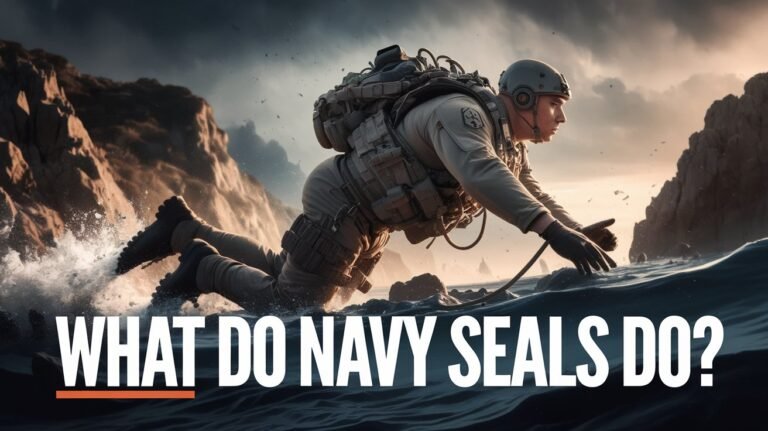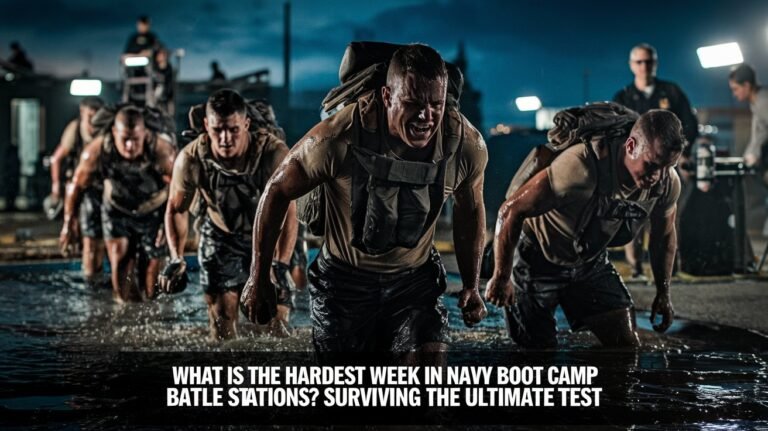What Is a Navy SEAL? Role, Training, and Responsibilities

The Navy SEALs are an elite special operations force. They conduct missions like counterterrorism and direct action. This is a big part of what makes them special.
Their training is very tough. It pushes students to their limits, both physically and mentally. This is how they become the best.
The Navy SEALs started in January 1962, under President John F. Kennedy. Today, they have about 9,200 members. This includes over 2,700 active-duty Special Warfare Operators.
They do many different missions. These include direct action, reconnaissance, and counter-narcotics operations. They also do foreign internal defense. All of this requires a lot of training.
Navy SEAL Legacy
The Navy SEALs have a long and proud history, starting in World War II. They were trained in guerrilla warfare, sabotage, and gathering intelligence. They worked in small, independent units. The navy seal history includes the creation of the Pacific Underwater Demolition Teams in December 1943, which led to the Navy SEALs.
The navy seal origins go back to the early 1960s. That’s when the Navy SEAL Teams were officially set up. Since then, they’ve grown to be a top special operations force. They’ve been involved in many conflicts, like the Vietnam War, the Gulf War, and the wars in Afghanistan and Iraq.
Notable Operations and Achievements
- SEAL Teams were involved in the Grenada invasion in 1983, marking their first combat deployment since Vietnam.
- The Navy SEALs have participated in numerous counterterrorism operations, including the Global War on Terror.
- The U.S. Navy’s Underwater Demolition Teams supported NASA and were integral to astronaut survival training prior to America’s first manned space flight in May 1961.
Today, the Navy SEALs are key to the US military. They do everything from counterterrorism to direct action. With their deep history, top training, and dedication, they’re highly respected and feared worldwide.
| Year | Event | Description |
|---|---|---|
| 1943 | Formation of Pacific Underwater Demolition Teams | Precursors to the Navy SEALs |
| 1961 | Establishment of Navy SEAL Teams | Official formation of the Navy SEALs |
| 1983 | Grenada Invasion | First combat deployment of SEAL Teams since Vietnam |
What Is a Navy SEAL
A Navy SEAL is a member of the US Navy’s special operations force. They are trained for missions like counterterrorism and special reconnaissance. The navy seal definition describes a highly skilled person who has gone through tough navy seal training.
To join the Navy SEALs, one must meet certain navy seal requirements. This includes finishing the 24-week Basic Underwater Demolition/SEAL (BUD/S) training. This course tests students’ physical and mental limits to find the best special operators.
Some key parts of Navy SEAL training are:
- Physical conditioning and endurance
- Maritime and land warfare skills
- Specialized training in areas such as parachuting and diving
Navy SEALs can work in many places, like the sea, jungle, and cities. Their skills are crucial for the US military’s special operations.
Physical and Mental Standards
To become a Navy SEAL, you must meet certain physical and mental standards. These include a 500-yard swim, a 1.5-mile run, and various push-ups and sit-ups. Mental toughness and the ability to handle pressure are also key.
Candidates must also fit within specific age, citizenship, and physical requirements. They should be between 17 and 28 years old. Being a US citizen and meeting certain height and body fat standards are also necessary.
The physical fitness benchmarks for Navy SEALs are as follows:
- 500-yard swim: 12 minutes 30 seconds or less
- 1.5-mile run: 10 minutes 30 seconds or less
- Push-ups: 50 or more in 2 minutes
- Sit-ups: 50 or more in 2 minutes
- Pull-ups: 10 or more
| Category | Minimum Requirement | Competitive Standard |
|---|---|---|
| 500-yard swim | 12 minutes 30 seconds | 8-9 minutes |
| 1.5-mile run | 10 minutes 30 seconds | 9-10 minutes |
| Push-ups | 50 | 80-100 |
| Sit-ups | 50 | 80-100 |
| Pull-ups | 10 | 15-20 |
These standards are meant to test candidates’ limits. They check if they can perform as a Navy SEAL.
Basic Underwater Demolition/SEAL Training
The Basic Underwater Demolition/SEAL (BUD/S) training lasts 24 weeks. It tests students to their limits, both physically and mentally. This tough navy seal training is the start of the Navy SEALs’ elite special operations force.
Students face many challenges, like swimming, diving, parachuting, and combat tactics. These are key parts of navy seal bud/s training.
In the 24 weeks of navy seal basic training, students show their physical and mental strength. They also learn to work well together. The training has five stages, each focusing on important skills and endurance.
- Physical conditioning and swimming
- Combat diving and underwater skills
- Land warfare training and weapons handling
- Obstacle course and team-building exercises
- Final evaluation and graduation
The BUD/S training is very competitive. Only about 9.5% make it from enlistment to SEAL Qualification Training graduation. But, those who do are ready for the toughest missions as Navy SEALs.
SEAL Team Structure and Operations
The Navy SEALs have different units, each with its own role. The Naval Special Warfare Command (NSWC) oversees all SEAL units. It makes sure SEAL teams are ready for missions like counterterrorism and special reconnaissance.
SEAL team structure is flexible. It allows teams to work in many environments. Each team has a Headquarters and several platoons with special skills. This structure is key to the SEALs’ success.
Team Composition
A SEAL team has 8-10 platoons, with 16-20 people in each. These platoons break down into squads and fire teams for specific missions. The command hierarchy helps guide these operations.
Specialized Units
There are also specialized units under the NSWC. The SEAL Delivery Vehicle (SDV) Teams do underwater work. The Special Reconnaissance Teams handle advanced reconnaissance. These units are supported by the SEAL team structure.
| Unit | Description |
|---|---|
| SEAL Team | Standard SEAL team, composed of 8-10 platoons |
| SDV Team | Specialized unit trained for underwater operations |
| Special Reconnaissance Team | Specialized unit trained for advanced reconnaissance and surveillance missions |
The Navy SEALs’ structure and operations are flexible. This allows them to work in many situations. The command hierarchy is crucial for their success.
Advanced Combat Capabilities
Navy SEALs go through tough navy seal advanced training. This training helps them master complex missions in different places. They learn counterterrorism, direct action, and special reconnaissance, making them a top-notch team.
They get ready for tasks like hostage rescue and high-risk arrests. Navy SEALs can work in many places, like the sea, jungle, desert, and cities. This lets them meet the needs of each mission.
Some key parts of their advanced combat skills are:
- Conducting secret operations in enemy lands
- Carrying out precise attacks on important targets
- Getting vital information through special reconnaissance
- Helping other special operations teams
Navy SEALs’ skills come from their deep training in advanced tactics. They can handle missions in many places. This makes them a key part of the US military’s special operations.
Career Path and Compensation
Being a Navy SEAL means you could work in special operations, counterterrorism, or direct action. It’s a tough job that needs top physical and mental shape. SEALs get paid based on their rank and how long they’ve served. They also get extra money for special tasks and dangerous jobs.
SEALs get many benefits, like health insurance, retirement plans, and help with education. These benefits are made to meet the special needs of SEALs and their families. Some of the main benefits are:
- Comprehensive health insurance
- Retirement benefits after 20 years of service
- Education assistance programs, including the GI Bill
Here’s a table showing the average yearly salary for Navy SEALs, based on rank and experience:
| Rank | Average Annual Salary |
|---|---|
| Seaman Recruit (E-1) | $20,172 – $24,749 |
| Seaman Apprentice (E-2) | $22,647 – $27,974 |
| Seaman (E-3) | $25,509 – $31,515 |
| Petty Officer Third Class (E-4) | $28,494 – $35,185 |
| Petty Officer Second Class (E-5) | $31,516 – $39,249 |
Being a Navy SEAL is a challenging yet rewarding career. It offers a competitive salary and a range of benefits.
Mission Types and Specializations
Navy SEALs are trained for many missions. These include counterterrorism, direct action, and special reconnaissance. They need special skills for these tasks, making their specializations key.
They work in many places like the sea, jungle, desert, and cities. They can swim, dive, parachute, and fight well. Their missions are flexible, ready for any situation.
Some important skills of Navy SEALs are:
- Advanced combat training
- Language skills and cultural expertise
- Technical skills, such as engineering and demolitions
- Medical training and emergency response
These skills help them do many tasks. From fighting terrorism to helping in emergencies, they are ready.
Navy SEALs are a strong force. They can face many challenges and threats because of their varied skills and missions.
| Mission Type | Specialization | Environment |
|---|---|---|
| Counterterrorism | Advanced combat training | Urban |
| Direct Action | Language skills and cultural expertise | Maritime |
| Special Reconnaissance | Technical skills, such as engineering and demolitions | Jungle |
In Conclusion
The Navy SEALs have a long and proud history. They started in World War II as elite special units. These units, like the Scouts and Raiders, set the stage for today’s SEALs.
Now, the SEALs protect American interests worldwide. They handle missions from fighting terrorism to gathering intel. Their skills are unmatched.
The SEALs’ true strength comes from their brave men. Their courage and sacrifice inspire many. They are a symbol of American military might.
As the world changes, the SEALs will keep defending the U.S. They are a key part of America’s defense. Their legacy will continue to grow.






